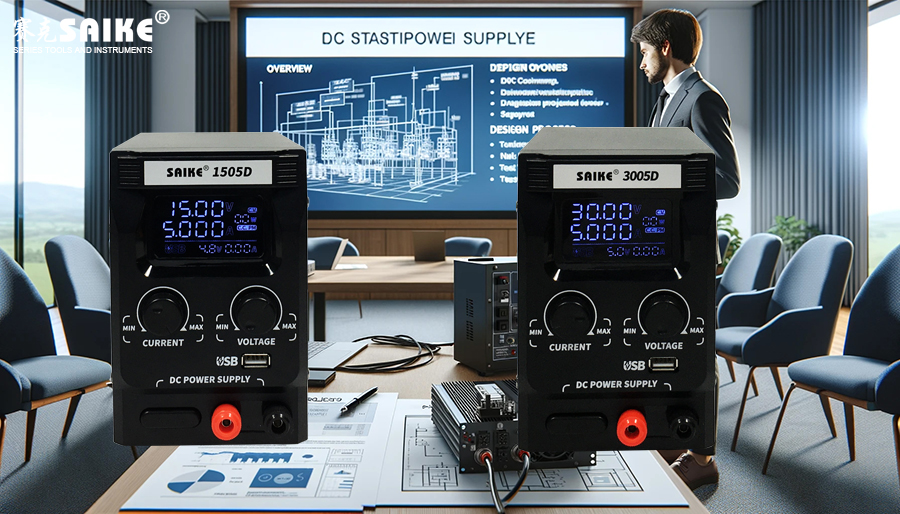
SK-YJ000ZLWYDY-KP 100026
The design of a DC stabilized voltage supply is crucial for any electronic device that requires a stable DC power source. This article will introduce the circuit design of a DC stabilized voltage supply through an example analysis, covering the entire process from design selection to component selection, and then to the specific implementation and testing verification of the circuit.
I. Design Goals and Selection
1.Design Goals
– Output voltage: 5V
– Output current: 1A
– Ripple voltage: Less than 50mV peak-to-peak
– Efficiency: Greater than 85%
2.Design Choices
– Switching regulator vs. Linear regulator: Given the need for high efficiency, a switching regulator is chosen.
– Topology: Considering efficiency and cost, a Buck converter is selected.
II. Circuit Design and Component Selection
1.Main Components
– Switching controller: LM2596, a commonly used integrated switching regulator IC with a built-in MOSFET for easy design.
– Inductor: A 10uH high-frequency inductor is chosen to ensure sufficient current carrying capacity and low DC resistance.
– Output capacitor: A 220uF low ESR electrolytic capacitor is used to reduce output ripple.
– Feedback and voltage divider resistors: Based on the feedback voltage requirements of the IC, appropriate voltage divider resistor ratios are selected to set the output voltage.
2.Circuit Layout Suggestions
– Compact layout: Place the switching components close to the IC to reduce path impedance and interference.
– Grounding: Ensure a good grounding plane to reduce noise and improve performance.
III. Simulation and Optimization
1.Simulation Verification
– Use LTspice for circuit simulation to check the stability of the output voltage, ripple, and efficiency.
– Optimize circuit performance by adjusting component parameters.
2.Design Optimization
– Adjust the inductor size and output capacitor based on simulation results to achieve optimal ripple control.
– Add additional input and output filtering capacitors if necessary to further reduce noise.
IV. Actual Circuit Construction and Testing
1.Circuit Board Fabrication
– Fabricate a PCB and arrange components according to the optimized design layout.
– Solder the components and perform preliminary electrical tests to ensure the circuit is intact and there are no basic issues such as short circuits.
2.Functional Testing and Performance Evaluation
– Use an electronic load and oscilloscope to test the stability of the output voltage, ripple, and response speed.
– Measure efficiency to confirm if it meets the design goal of over 85%.
V. Summary
Through this example analysis, we have demonstrated the entire process of designing a DC stabilized voltage supply, from initial design choices to component selection, and then to circuit simulation, optimization, actual construction, and testing. Each step is aimed at ensuring the stability, efficiency, and functionality of the final power supply to meet the set performance indicators. Additionally, the careful selection of components and consideration of the circuit layout during the design process play a crucial role in improving power supply performance, reducing costs, and enhancing reliability. This approach is applicable to the development of various DC stabilized voltage supplies, ensuring they serve various electronic devices efficiently and stably.


